“GE Electric – IS200NATPG1CAA Circuit Board” has been added to your cart. View cart
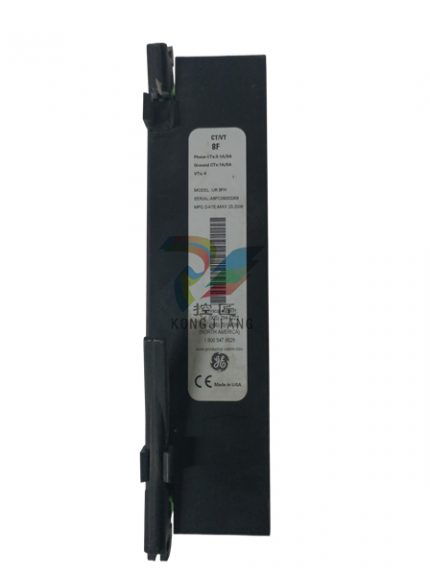
GE WESDAC D20ME 18-MAR-13 Excitation Control Module
$6,865.00 Original price was: $6,865.00.$5,447.00Current price is: $5,447.00.个
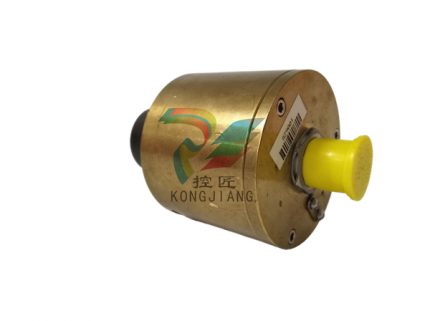
GE D20 EME 2400-21004 Substation Controller
$4,878.00 Original price was: $4,878.00.$4,574.00Current price is: $4,574.00.个
GE D20 EME 27-APR-13 Input/Output Module
$26,754.00 Original price was: $26,754.00.$22,474.00Current price is: $22,474.00.个
The GE D20 EME 27-APR-13 module is a key I/O component in the GE D20 series control system. “27-APR-13” usually represents the production batch or version information of the module, and its core positioning is to serve as a “bridge” between the control system and on-site sensors, actuators, and other equipment. This module has standardized hardware interfaces and stable communication protocols, which can quickly connect to the D20 control system and achieve centralized processing of analog and digital signals. It also has strong anti-interference ability and environmental adaptability, and can operate stably in complex industrial sites for a long time.
Category: GE
Tag: D20 EME 27-APR-13
Description
GE D20 EME 27-APR-13 Input/Output Module
Basic overview of module
The GE D20 EME 27-APR-13 module is a key I/O component in the GE D20 series control system. “27-APR-13” usually represents the production batch or version information of the module, and its core positioning is to serve as a “bridge” between the control system and on-site sensors, actuators, and other equipment. This module has standardized hardware interfaces and stable communication protocols, which can quickly connect to the D20 control system and achieve centralized processing of analog and digital signals. It also has strong anti-interference ability and environmental adaptability, and can operate stably in complex industrial sites for a long time.
Compared with ordinary I/O modules, this module has been optimized in signal processing accuracy, response speed, and redundancy design, which can meet the core requirements of “real-time acquisition and precise control” in industrial control and is an important component for improving the overall performance of control systems.
Core functional features
1. Multi type signal processing capability
The module supports the processing of multiple types of signals, including analog input (AI), analog output (AO), digital input (DI), digital output (DO), etc., including:
-Analog processing: It can collect 4-20mA current signals or 0-10V voltage signals output by on-site sensors (such as temperature sensors, pressure sensors, flow sensors), and transmit them to the control system after internal AD conversion; At the same time, it can receive control system instructions and output stable analog signals to drive actuators (such as regulating valves and frequency converters) to operate.
-Digital processing: capable of collecting switch status signals of on-site equipment (such as valve opening/closing, motor running/stopping), and outputting switch control signals to on-site execution components to achieve functions such as equipment start stop and fault alarm.
2. High reliability and anti-interference design
There are a large number of electromagnetic interference and voltage fluctuations in industrial sites, and this module has been specially designed for these scenarios:
-By using optoelectronic isolation technology, the internal circuit of the module is electrically isolated from the on-site signal circuit, effectively suppressing the impact of electromagnetic interference on signal transmission and ensuring the stability and accuracy of the signal.
-Equipped with overvoltage and overcurrent protection functions, the module can automatically trigger the protection mechanism when there is abnormal fluctuation in the on-site signal, avoiding internal circuit damage and improving the service life of the equipment.
-Using industrial grade components with a wide operating temperature range (usually -40 ℃~70 ℃), it can adapt to harsh on-site environments such as high temperature, low temperature, and humidity.
3. Flexible communication and expansion capabilities
The module supports high-speed communication with the GE D20 control system, using standardized communication protocols (such as Modbus, PROFIBUS, etc.) to ensure fast data transmission between the module and the controller, with response times up to milliseconds, meeting real-time control requirements. At the same time, the module has good expansion capability, which can expand multiple I/O modules through bus mode according to the demand of on-site control points, forming a distributed I/O system, reducing wiring costs, and improving the flexibility and maintainability of the system.
4. Convenient diagnostic and maintenance functions
The module is equipped with a complete self diagnostic function, which can monitor the working status of the module in real time (such as power failure, communication failure, channel failure, etc.), and feedback the fault information to the control system or upper computer through indicator lights or communication interfaces, making it easy for technicians to quickly locate the fault point and shorten maintenance time. In addition, the module supports hot swappable functionality (for some models), allowing for module replacement without interrupting system operation and improving system availability.
Key technical parameters
power input
DC 24V (typical value), allowable fluctuation range: 18V~36V
Analog input (AI)
Number of channels: 8/16 (optional); Signal type: 4-20mA current signal, 0-10V voltage signal; Accuracy: ± 0.1% FS; Sampling rate: 100Hz/channel
Analog Output (AO)
Number of channels: 4/8 channels (optional); Signal type: 4-20mA current signal, 0-10V voltage signal; Accuracy: ± 0.2% FS; Load Capacity: Current Output Maximum Load 500 Ω
Digital Input (DI)
Number of channels: 16/32 (optional); Signal type: dry contact/wet contact; Input voltage: 24V DC; Response time: ≤ 1ms
Digital Output (DO)
Number of channels: 8/16 (optional); Output type: relay output/transistor output; Relay output capacity: 250V AC/30V DC, 5A; Transistor output: 24V DC, 1A
communication interface
RS485/RS232, PROFIBUS-DP, EtherNet/IP (optional); Communication speed: up to 1Mbps
working environment
Temperature: -40 ℃~70 ℃; Humidity: 5%~95% (no condensation); Protection level: IP20 (module body), IP65 (with protective shell)
Overall dimensions
120mm x 80mm x 30mm (length x width x height, typical value)
Key points for installation and debugging
1. Installation specifications
-Installation location: It should be selected in a well ventilated area, away from strong electromagnetic interference sources (such as frequency converters, high-power motors) and high-temperature heat sources, and easy for maintenance personnel to operate. Modules should be installed vertically on standard DIN rails, with 5-10mm of heat dissipation space reserved between adjacent modules.
-Wiring requirements: Strictly follow the module wiring diagram to ensure that the positive and negative poles of the power supply and the signal input/output lines are connected correctly, avoiding reverse connections or short circuits. The analog signal adopts shielded twisted pair cable, and the shielding layer is grounded at one end; Digital signals can use ordinary twisted pair cables, which should be separated from power cables during wiring to reduce interference.
-Grounding treatment: The grounding terminal of the module should be reliably grounded with a grounding resistance of ≤ 4 Ω to ensure anti-interference performance and equipment safety.
2. Debugging steps
1. Power check: Before connecting the module power supply, use a multimeter to check if the power supply voltage is within the allowable range. After confirming that the wiring is correct, connect the power supply and observe if the module power indicator light is on normally (usually green).
2. Communication test: Connect the module to the controller or upper computer, configure the module’s communication parameters (address, baud rate, protocol, etc.) through configuration software (such as GE CIMPLICITY, iFIX), send communication test instructions, and confirm that the module is communicating normally with the control system without packet loss or error codes.
3. Signal calibration: For analog input channels, use a signal generator to output standard signals (such as 4mA, 20mA), observe the collected signal values through the upper computer, and if there is a deviation, correct it through module calibration function or configuration software; For analog output channels, send standard output instructions and use a multimeter to detect the output signal value to ensure compliance with accuracy requirements.
4. Fault simulation test: Artificially simulate scenarios such as channel faults and communication interruptions to check whether the module’s self diagnostic function is normal, whether the fault information is accurately fed back, and ensure that the module can reliably alarm in abnormal situations.

Additional information
| Weight | 4.056 lbs |
|---|---|
| Dimensions | 784 × 457 × 457 in |
Reviews (0)
Be the first to review “GE D20 EME 27-APR-13 Input/Output Module” Cancel reply
Shipping and Delivery


MAECENAS IACULIS
Vestibulum curae torquent diam diam commodo parturient penatibus nunc dui adipiscing convallis bulum parturient suspendisse parturient a.Parturient in parturient scelerisque nibh lectus quam a natoque adipiscing a vestibulum hendrerit et pharetra fames nunc natoque dui.
ADIPISCING CONVALLIS BULUM
- Vestibulum penatibus nunc dui adipiscing convallis bulum parturient suspendisse.
- Abitur parturient praesent lectus quam a natoque adipiscing a vestibulum hendre.
- Diam parturient dictumst parturient scelerisque nibh lectus.
Scelerisque adipiscing bibendum sem vestibulum et in a a a purus lectus faucibus lobortis tincidunt purus lectus nisl class eros.Condimentum a et ullamcorper dictumst mus et tristique elementum nam inceptos hac parturient scelerisque vestibulum amet elit ut volutpat.



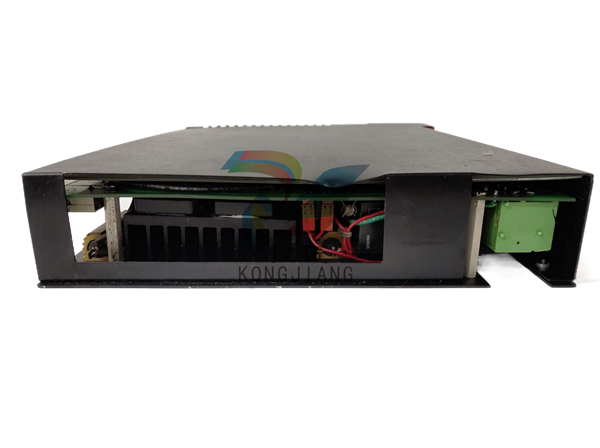

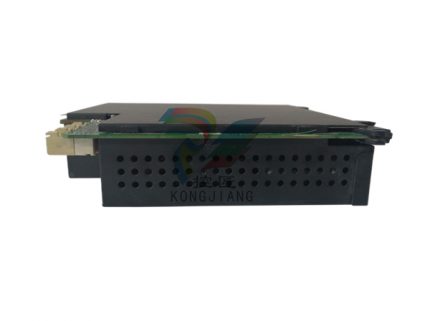
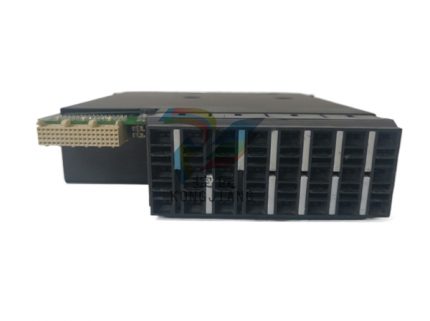
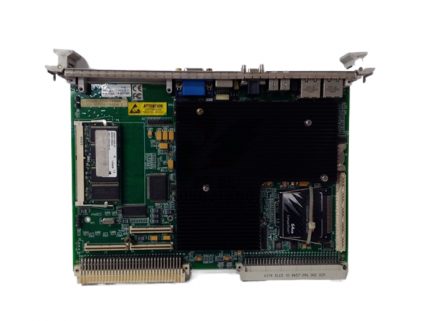

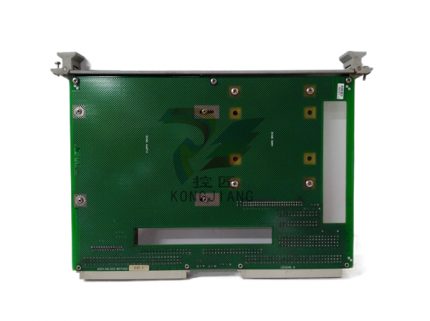

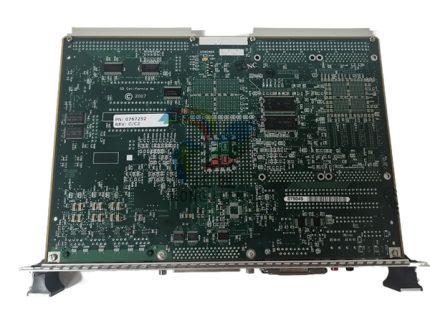
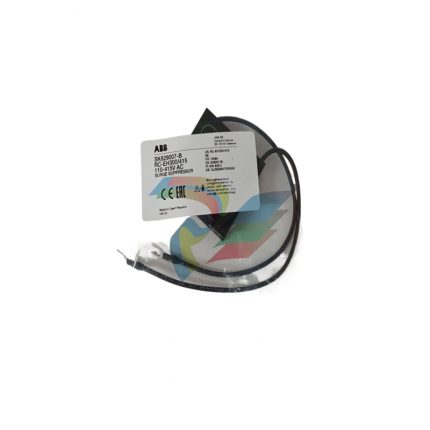
Reviews
There are no reviews yet.